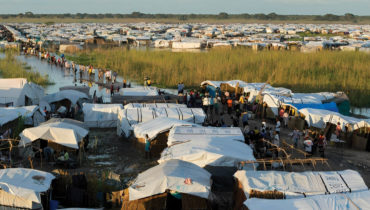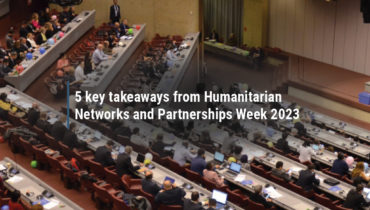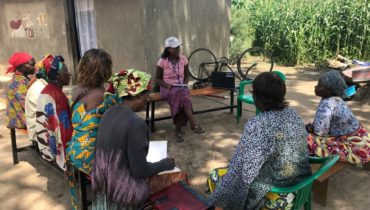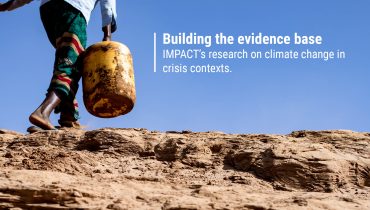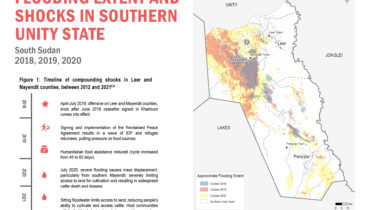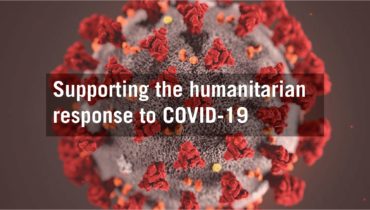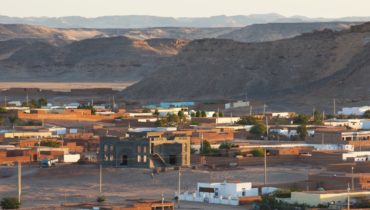South Sudan: Half of South Sudanese Face Acute Food Insecurity Despite Humanitarian Assistance
2 March 2018
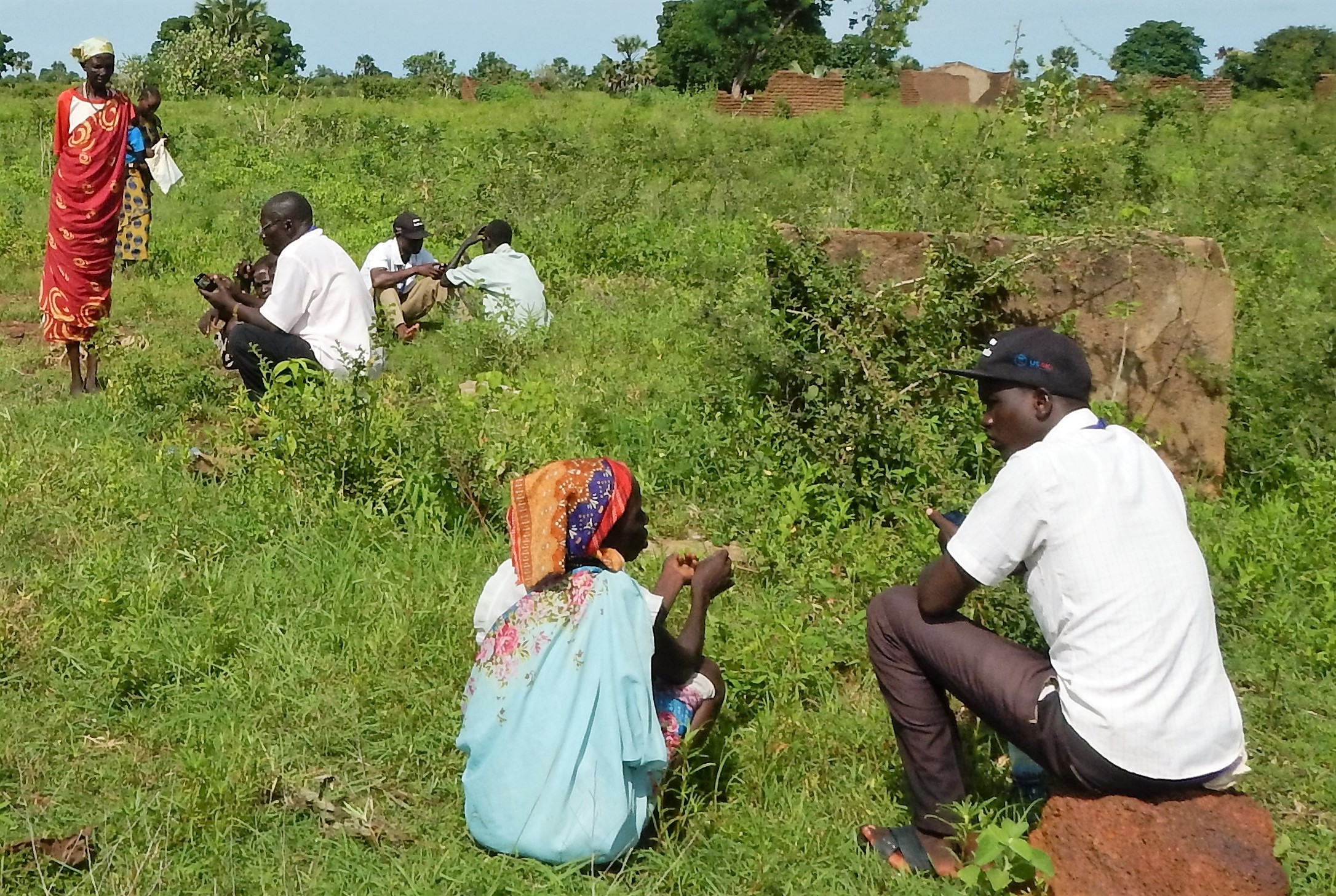
REACH enumerators interviewing IDPs in July 2017 at Masna collective site in Wau town, Western Bahr el Ghazal State, South Sudan ©REACH/2017
Food insecurity continues to worsen across South Sudan despite ongoing humanitarian efforts. According to the latest IPC release, as of January 48% of the South Sudanese population, 5.3 million people, are facing Crisis and Emergency (IPC Phases 3 and 4) acute food insecurity. Over 1 million people are in Emergency Phase, a 40% increase since IPC analysis from January 2017.
In support of the newly released IPC, REACH collected data on the food security and livelihood (FSL) situation in 45 counties, releasing factsheets on Greater Upper Nile, Greater Equatoria and Greater Bhar el Ghazal regions, and a FSL brief and rapid assessments briefs, supporting county level food insecurity analysis and informing the response of humanitarian actors and policy makers.
Continued disruption of livelihoods by conflict, displacement, crop pests, livestock diseases and other adverse natural events have lowered harvest yields. REACH data shows that improvement in access to food across assessed counties was less than seasonally expected as of November, suggesting a generally weak harvest.
Based on these findings, the 2018 lean season is expected to be worse than the 2017 one, which saw an unprecedented number of South Sudanese severely food insecure. The humanitarian situation and level of food insecurity is expected to further deteriorate through July 2018, also due to expected human and livestock disease outbreaks and to the decreases in physical accessibility of rural areas with the onset of seasonal rains.
To mitigate acute food insecurity and save lives in the 2018 lean season, there is an urgent need to establish an early warning mechanism for monitoring counties facing worsening food insecurity. This is vital to ensuring the proactive delivery of sufficient life-saving multi-sector humanitarian assistance and preventing populations from deteriorating into Catastrophe or Famine (IPC Phase 5).
Please find here the latest IPC release, the FSL factsheets on Greater Upper Nile, Greater Equatoria and Greater Bhar el Ghazal regions, and the FSL brief.


